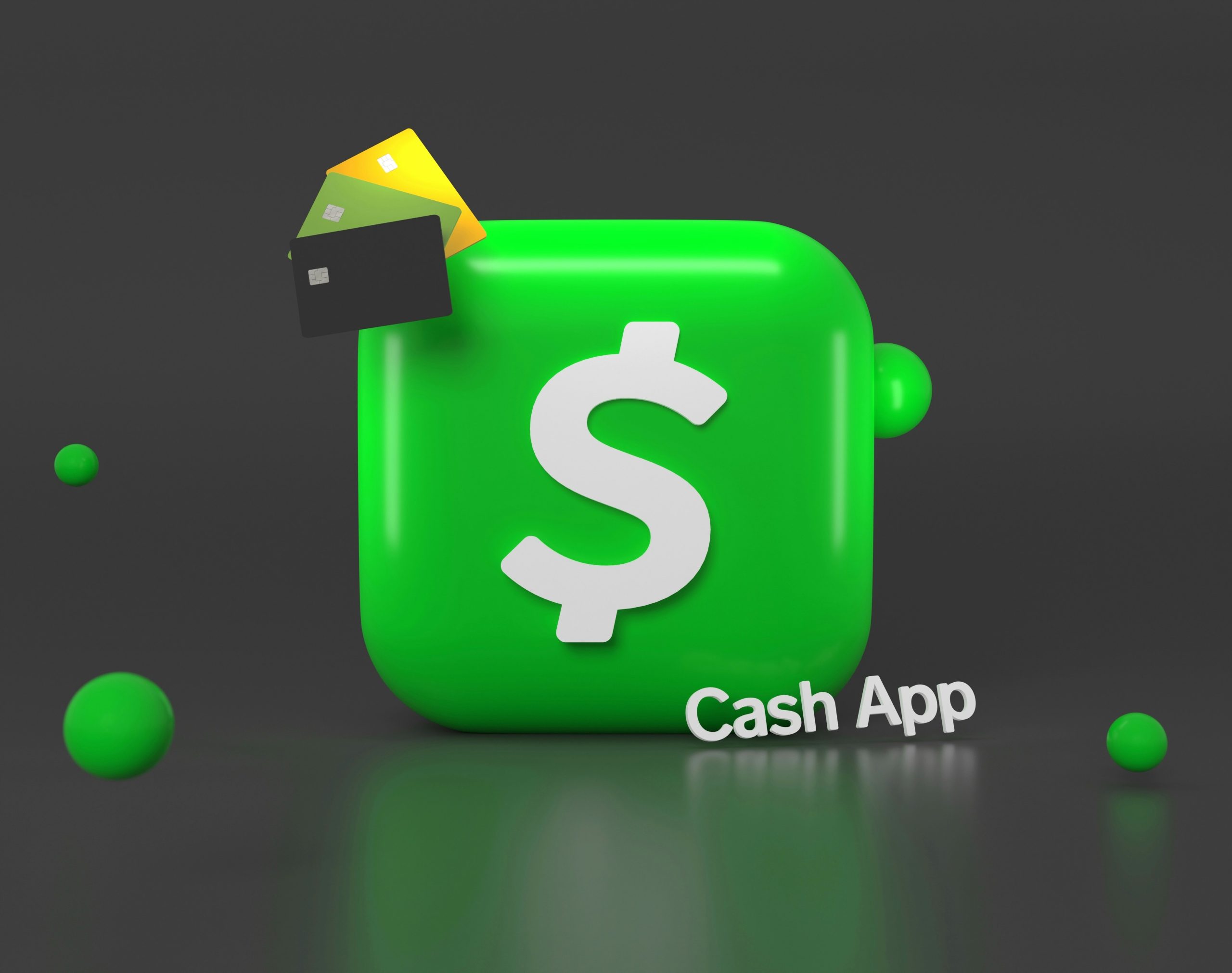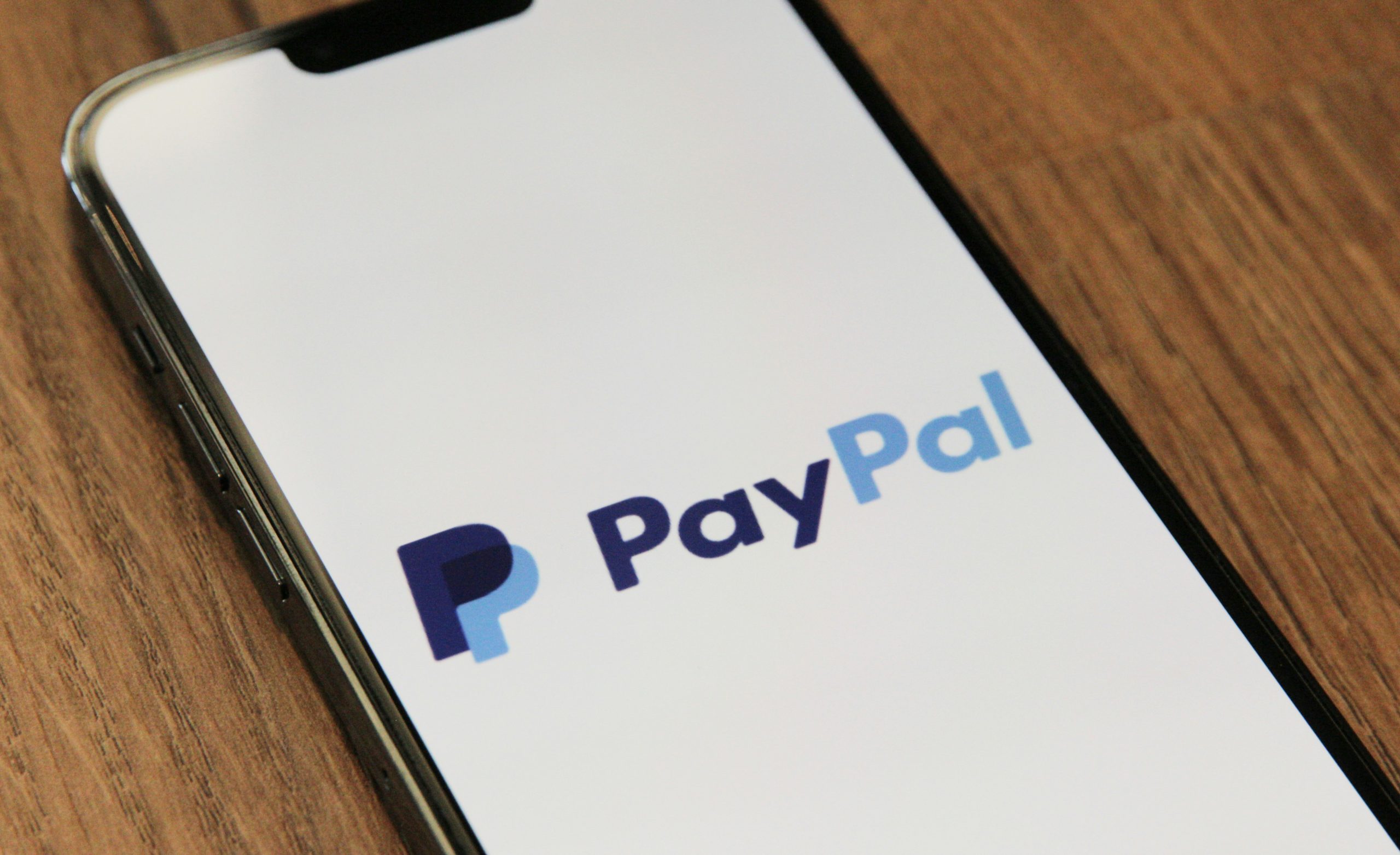Behind the Curtain: The Real Story of Freebies

In advertising, nothing seems to attract consumers more than the allure of ‘freebies’. These seemingly free gifts or services are often used as a marketing strategy to lure in potential customers. But how much do we really know about these freebies? Are they truly free, or is there a hidden cost that we’re not aware of? In this blog post, we will unmask the truth about freebies, debunking common myths and revealing the facts that advertisers don’t want you to know.
The Allure of Freebies
Freebies, or complimentary goods and services, have long been a staple in the advertising industry. They are often used as a marketing tactic to attract potential customers and increase brand awareness. However, the allure of freebies can sometimes be misleading, leading consumers to believe they are getting something for nothing when in reality, there may be hidden costs involved.
One common myth is that freebies are truly free. In reality, companies often use freebies as a way to promote their products or services. While you may not be paying for the freebie itself, you may end up paying in other ways, such as through increased prices for other products or services.
The Hidden Costs of Freebies
Another common myth is that freebies have no strings attached. In reality, many freebies come with conditions that consumers may not be aware of. For example, a company may offer a free product, but only if you purchase another product at full price. In this case, the cost of the ‘free’ product is actually included in the price of the other product.
Furthermore, some freebies may require you to provide personal information, such as your email address or phone number. This information can then be used for marketing purposes, which can lead to unwanted spam or telemarketing calls.
The Psychological Impact of Freebies
Freebies can also have a psychological impact on consumers. The idea of getting something for free can create a sense of urgency and make consumers feel like they are getting a good deal. This can lead to impulsive buying decisions that may not be in the consumer’s best interest.
Moreover, research has shown that consumers often perceive freebies as being of lower quality than products they pay for. This can lead to a lower overall satisfaction with the product or service.
The Role of Freebies in Advertising
Despite these potential downsides, freebies can still play a valuable role in advertising. When used effectively, they can help to attract new customers, increase brand awareness, and encourage repeat business. However, it’s important for consumers to be aware of the potential pitfalls and to make informed decisions.
So, the next time you’re tempted by a freebie, take a moment to consider the potential hidden costs and whether it’s truly a good deal. Remember, if something seems too good to be true, it probably is.
Informed Consumer Choices
While freebies can be an effective marketing tool, they are not always as they seem. By being aware of the myths and facts surrounding freebies, consumers can make more informed decisions and avoid potential pitfalls.
So, the next time you see a freebie offer, remember to look beyond the surface and consider the potential hidden costs. After all, knowledge is power, and being an informed consumer is the best way to ensure you’re getting the most value for your money.






